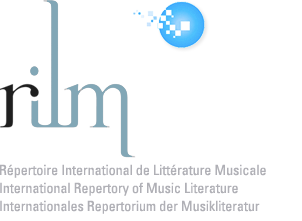Cell phone ringtones have been the subject of scholarly investigation for at least a decade; approaches to them have ranged from the practical to the postmodern.
The earliest academic study that we know of is “On the ringtones of cell phones (携帯電話着信メロディーについて)” in the Journal of the Acoustical Society of Japan (社団法人日本音響学会) LVII/11 (2001), pp. 725–728. Legal aspects were explored the following year in “Die Lizenzierungspraxis der GEMA bei Ruftonmelodien: Rechteeinräumung und Rechtefluß” by Jürgen Becker in Recht im Wandel seines sozialen und technologischen Umfeldes: Festschrift für Manfred Rehbinder (München: C.H. Beck, 2002, pp. 187–198).
Then the cultural theorists began to take note. The stage was set by discussions of aspects of postmodernism and colonialism in “The semiotics of cell-phone ring tones” by Erkki Pekkilä in Musical semiotics revisited (Helsinki: International Semiotics Institute, 2003, pp. 110–120). Recent cultural analyses have included “The musical madeleine: Communication, performance, and identity in musical ringtones” by Imar de Vries (Popular music and society XXXIII/1 [February 2010], pp. 61–74) and “What does answering the phone mean? A sociology of the phone ring and musical ringtones” by Christian Licoppe (scheduled for future publication in Cultural Sociology).
Above, heeding the summons of a ringtone in Bangladesh.










